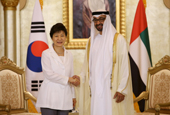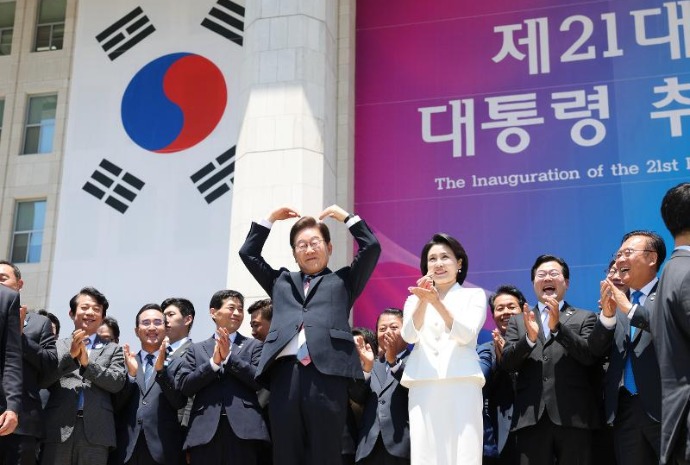These are all power plants currently being run or being built by Korean companies overseas.
Backed by the experience and technical know-how, Korea has been cooperating with governments in the Middle East, Asia and Central and South America to build more energy infrastructure.
Among them, the Amman Asia Power Plant in Jordan was listed last year in the Guinness Book of World Records as the world's largest diesel-powered energy plant. Built by the Korea Electric Power Corporation (KEPCO), it's located in Al-Manakher, 30 kilometers east of Jordan’s capital, Amman. It was completed in October 2014 and uses heavy or diesel oil as fuel. It is equipped with the capacity to generate 573 megawatts of electricity in 30 minutes. This plant alone produces 3,883 megawatts of electricity, approximately 14.5 percent of the total electricity consumed by all of Jordan last year. About 1.1 million people, among the country's almost 8 million people, use electricity from this power plant.
It has raised Jordan’s ability to solve issues related to an unstable electricity supply, as the country now has a higher electric power reserve rate.
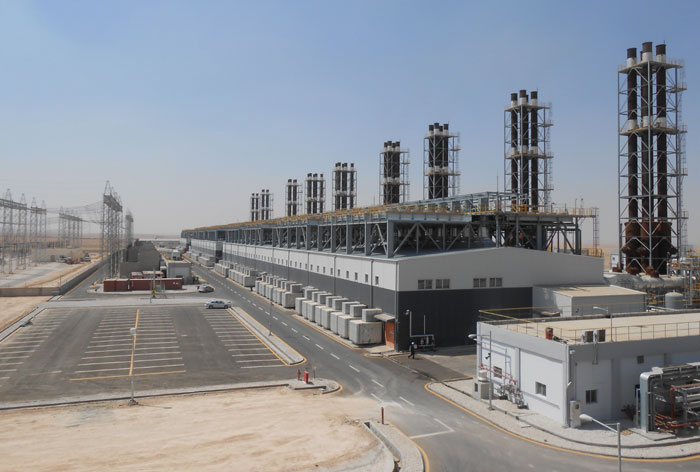
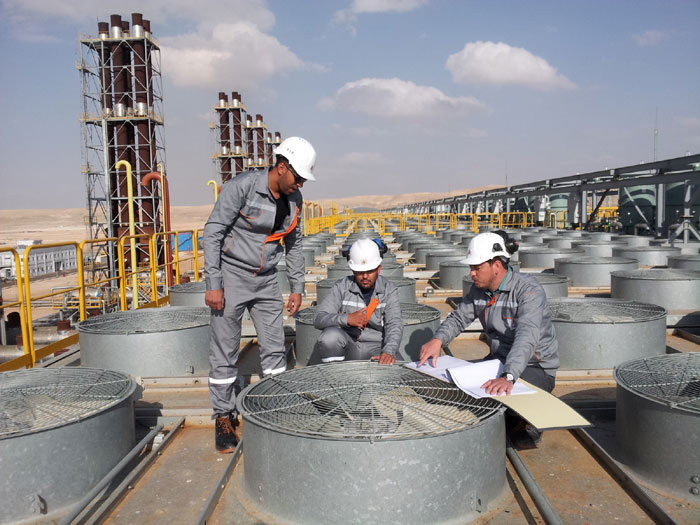
The Amman Asia Power Plant is in Jordan.
There is another power plant built by KEPCO in Jordan, the Al-Qatrana Gas Combined-Cycle Power Plant. This energy center began commercial operations in December 2011. It is a 373-megawatt power plant and produces 11 percent of the total electricity of the country.

The Al-Qatrana Gas Combined-Cycle Power Plant is in Jordan.
In May 2014, the Barakah-1 nuclear reactor was completed at the Barakah nuclear power plant in the United Arab Emirates (UAE). This is KEPCO's first nuclear power plant export and is its largest overseas project so far. Under the project, KEPCO will build four more nuclear power plant complexes between 2017 and 2020.
KEPCO also helped construct the Shuweihat S3 Combined-Cycle Power Plant, as part of a consortium with Japan's Sumitomo and the Abu Dhabi Water & Electricity Authority (ADWEA) in UAE. This is a 1,600-megawatt natural gas power plant completed in July 2014.
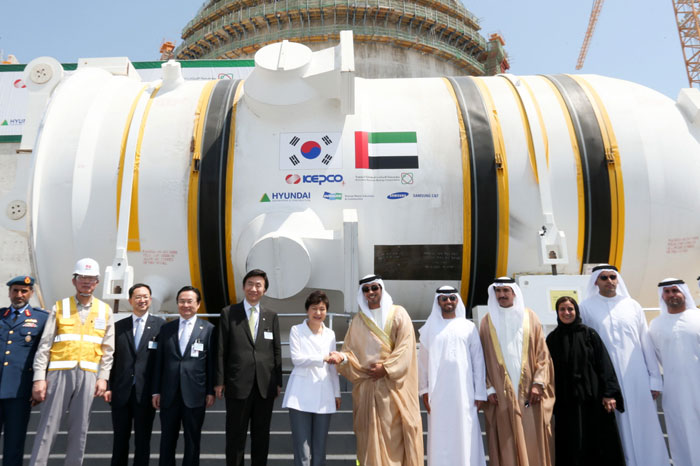
President Park Geun-hye (sixth from left) attends the completion ceremony for the Korea-built Barakah-1 nuclear reactor in the UAE on May 20, 2014.
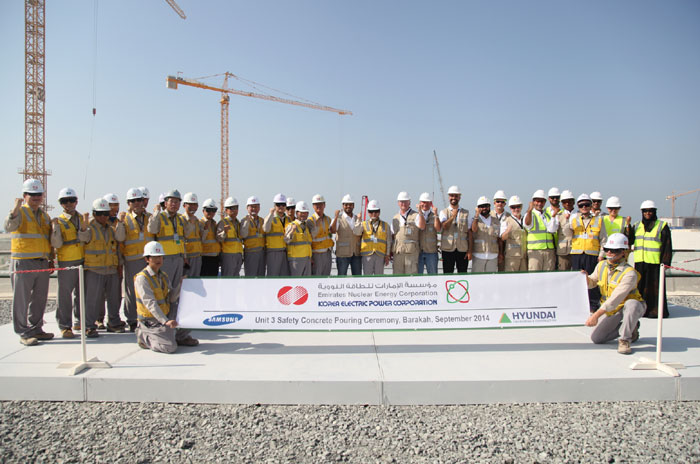
The Unit 3 Safety Concrete Pouring Ceremony is held in October 2014 in Barakah, UAE.
KEPCO’s power plant facilities can be found not only in the Middle East, but also in Asia. One of the examples is the Ilijan Combined-Cycle Power Plant, a state-funded project of the Philippine government. Currently, KEPCO manages three power plants in the country: in Malaya, Cebu and Ilijan. These power plants generate a total of 1,400 megawatts, about 10 percent of the total electricity consumed yearly by the Philippines.
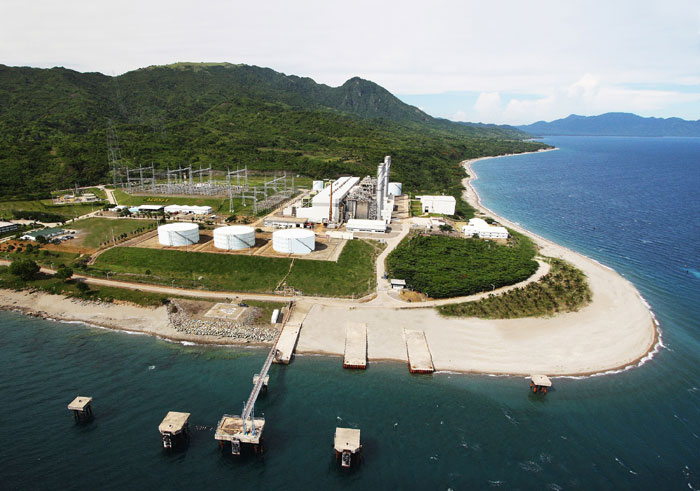
The Ilijan Combined-Cycle Power Plant started commercial operations in July 2002.
KEPCO has been widening its horizons in both Central and South America, too. It already operates the Norte II Power Plant in Mexico. This is a thermoelectric power plant. In April 2015, the company signed memoranda of understanding with governments in Peru, Chile, Brazil and Colombia covering seven areas, including nuclear energy, renewable energy and smart grids.
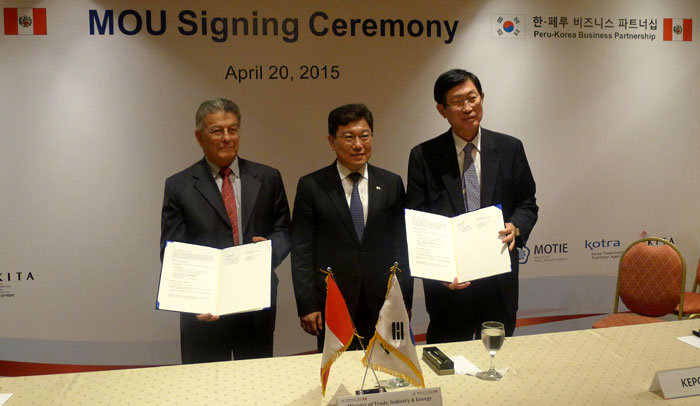
An MOU signing-ceremony involving representatives of the Korean government, the Peruvian Ministry of Energy and Mines and Grupo Distriluz takes place in Lima on April 20, 2015.
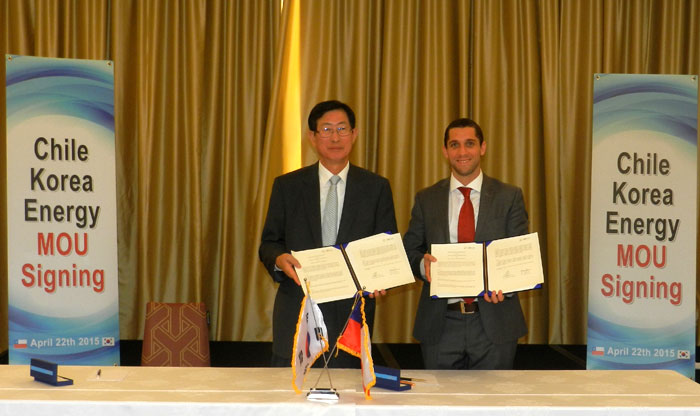
KEPCO President Cho Hwan-eik (left) and Jorge Pizarro, Chile’s executive vice-president of the Foreign Investment Committee, pose for a photo after signing an MOU in Santiago on April 22, 2015.
By Yoon Sojung
Korea.net Staff Writer
arete@korea.kr
